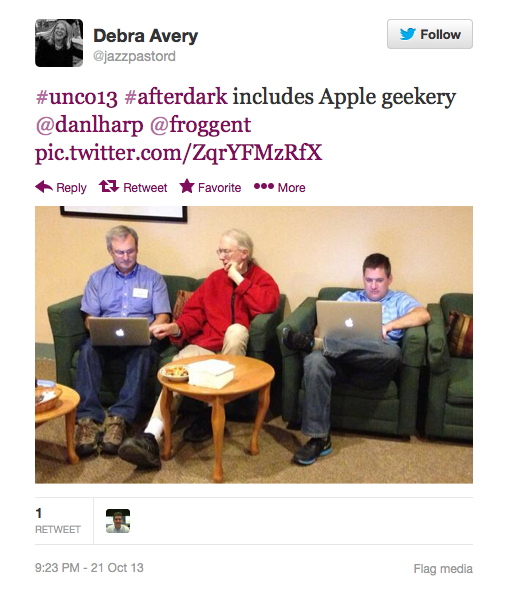In an excellent post on the new Congregational Consulting blog, John Wimberly explodes several myths about the possibilities for congregational growth among the Millennial generation (ages 18-33). He begins by exposing an obvious falsehood with some simple arithmetic:
“So we have 80 million people between the ages of 18-33, 86% of whom say they believe in God, and we are bemoaning the future of our congregations? In Wisconsin, where I grew up, that is called ‘looking a gift horse in the mouth.’ It might also be called an excessive lack of imagination regarding the possibilities inherent within a generation of young adults who poll as optimistic about the future of our nation, don’t want to engage in generational warfare, and love diversity.”
I agree with him. I’ve never seen such a large number of pleasant, interesting newcomers as I’ve seen coming to our UU congregation in the past few years, including quite a few people younger than 35. When a gift horse like that appears on Sunday morning, I’m not going to say, “Could you please open your mouth so I can look for the rise of the ‘nones’?” — I’m going to say, “Welcome, glad you came, you’ll like it here!”
Wimberly goes on to explode other myths, such as the myth that the Millennial generation resists traditional worship and classical music, and the myth that Millennials spend all their time online so they won’t come to face-to-face congregations. But instead of reading my summary, you can go read the post yourself by clicking here.



